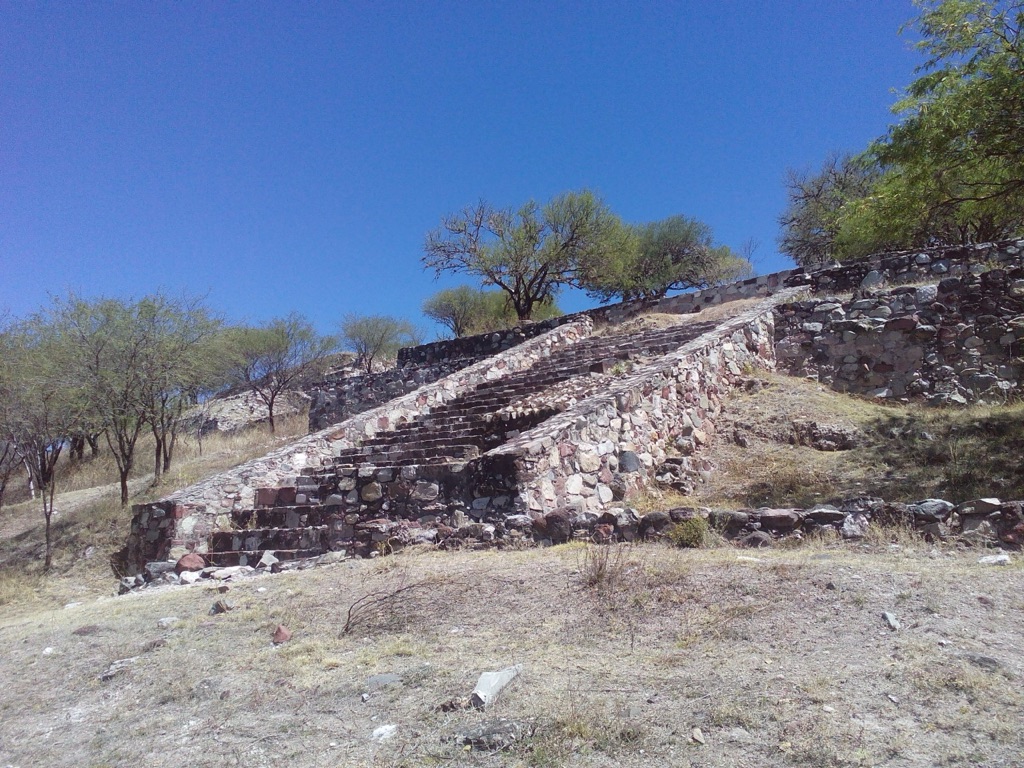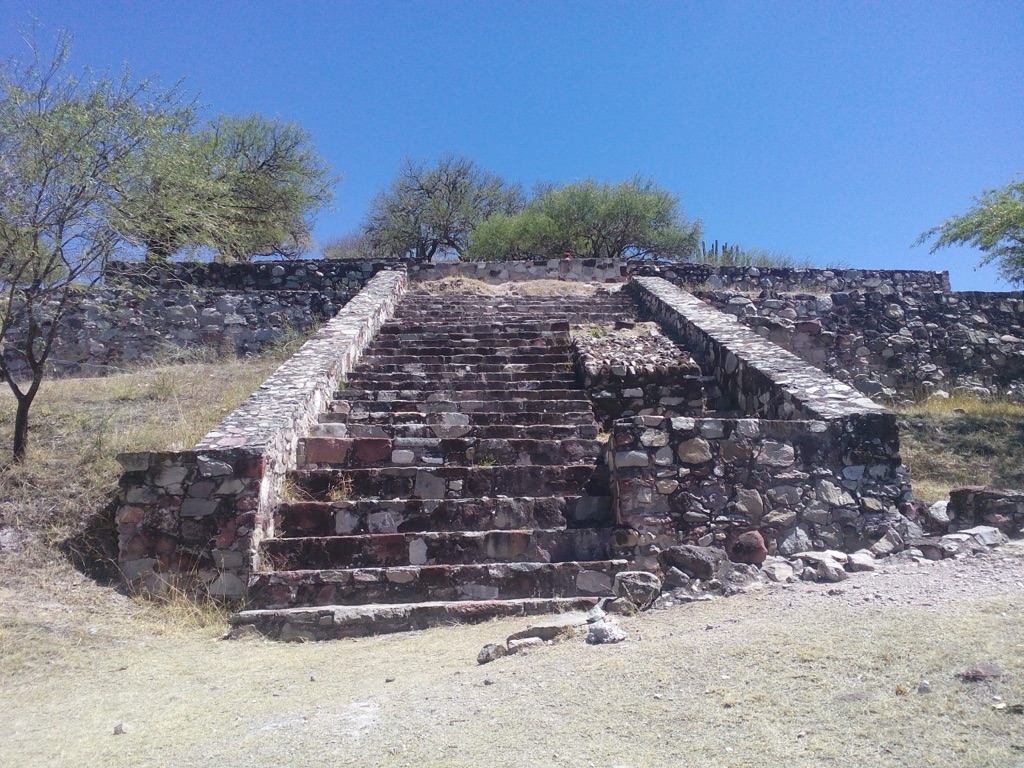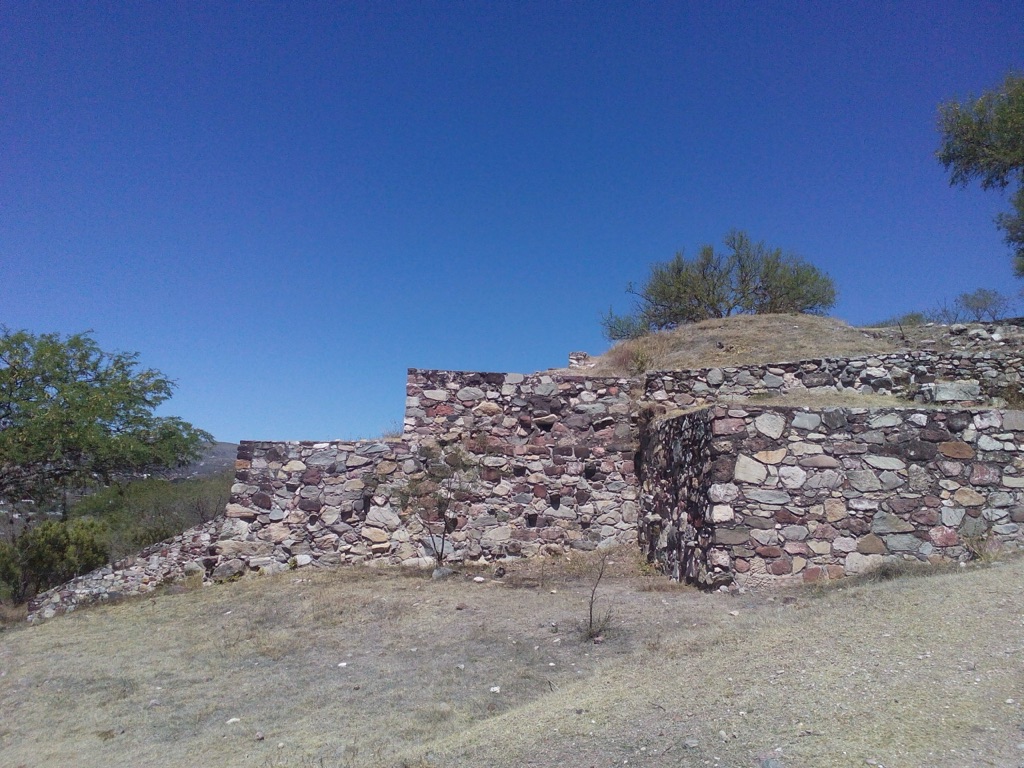Unveiling the Mysteries of Cerro de las Minas: A Glimpse into the Mixtec Civilization
Cerro de las Minas, an archaeological treasure trove located in the modern state of Oaxaca, Mexico, offers a unique window into the ancient Mixtec civilization. Situated to the north of Huajuapan de León, this site is a testament to the ingenuity and culture of the Ñuiñe, or lowland Mixtec people. The strategic placement of Cerro de las Minas on a hill overlooking the Valley of Huajuapan made it a pivotal center for food production and trade routes, underscoring its regional significance.
Get your dose of History via Email
Historical Explorations
The systematic exploration of Cerro de las Minas began in the 1960s under the guidance of Dr. John Paddock, who was instrumental in defining the Ñuiñe culture. Further extensive excavations were carried out by Dr. Marcus Winter in 1987, shedding light on the rich history and development of this site.
Site History
The origins of Cerro de las Minas can be traced back 2500 years, during which it was inhabited by the Mixtec peoples known as Ñuu Yata Yata (ancient people). The site, along with others in the Mixteca Alta and Baja regions, flourished for 600 years up to 250-350 CE. Influences from Teotihuacan played a significant role in the transformation into the Ñuiñe culture. The early Classic period, between 400 and 800 CE, marked the zenith of Cerro de las Minas, coinciding with the prominence of other major cities such as Monte Alban and Teotihuacan.

Development Phases
The evolution of Cerro de las Minas from a village to a city-state is categorized into two phases: the Ñudee Phase (400 BCE to 250 CE) and the Ñuiñe Phase (250 CE to about 800 CE). Each phase reflects cultural influences from other Mixtec and Mesoamerican areas, with the site becoming the economic, political, and cultural hub of its region. The peak population of Cerro de las Minas ranged between 1,000 and 2,000 inhabitants.
Decline and Legacy
Starting from 800 CE, the city experienced a decline, possibly due to external subjugation. It was not until after the Spanish Conquest that the area saw growth again, with the establishment of the Spanish city of Huajuapan in the valley below in 1525.

Architectural and Cultural Insights
Cerro de las Minas is characterized by its unique Mixtec urban design, featuring buildings constructed around several squares, in contrast to the single, large square typical of other cities. The use of terraces, or coo yuu, for construction and the presence of a distinct writing system, ñuiñe, highlight the cultural sophistication of the Mixtec people. The site’s residential areas, palaces, and tombs provide valuable insights into the social and political structures of the time.
Archaeological Findings
Excavations led by Marcus Winter in the late 1980s and early 1990s have unearthed significant artifacts, including Mixtec ceramics and a multicolored urn depicting the god of wind or fire. These findings, particularly those related to the Mixtec glyph writing system, have been instrumental in understanding the cultural and historical context of the Ñuiñe culture.

Conclusion
Cerro de las Minas stands as a monumental testament to the Mixtec civilization’s architectural, cultural, and political achievements. Despite extensive excavations, much of the site remains unexplored, holding the promise of further discoveries that could shed light on the complexities of Mesoamerican history. As the only lowland Mixtec archaeological site open to the public, Cerro de las Minas continues to captivate and educate those interested in the rich tapestry of Mexico’s ancient cultures.

